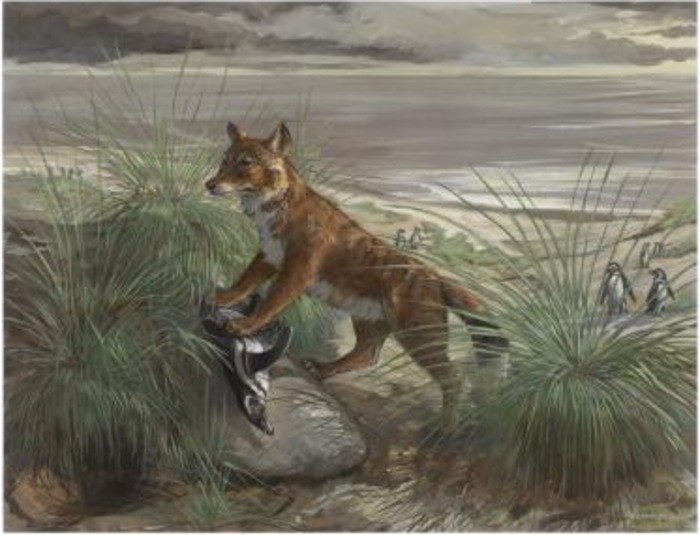ADELAIDE, Australia, March 5 (UPI) -- Australian researchers say DNA has helped understand the history of the now-extinct Falkland Islands wolf, the only land-based mammal on the isolated islands.
Previous theories have suggested the wolf somehow rafted on ice or vegetation, or crossed via a now-submerged land bridge or was even semi-domesticated and transported by early South American humans to the Falklands, 285 miles from the nearest land, Argentina.















